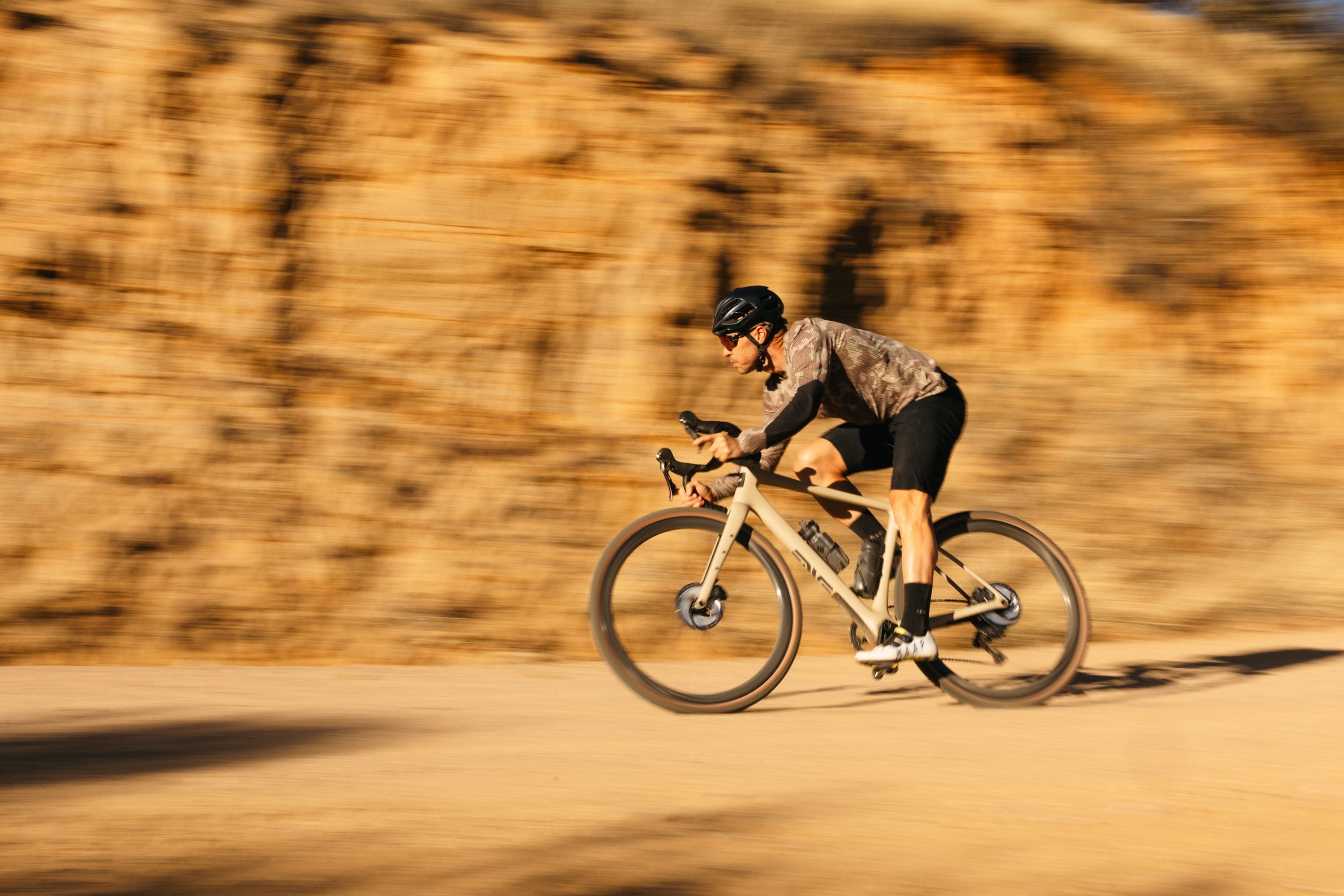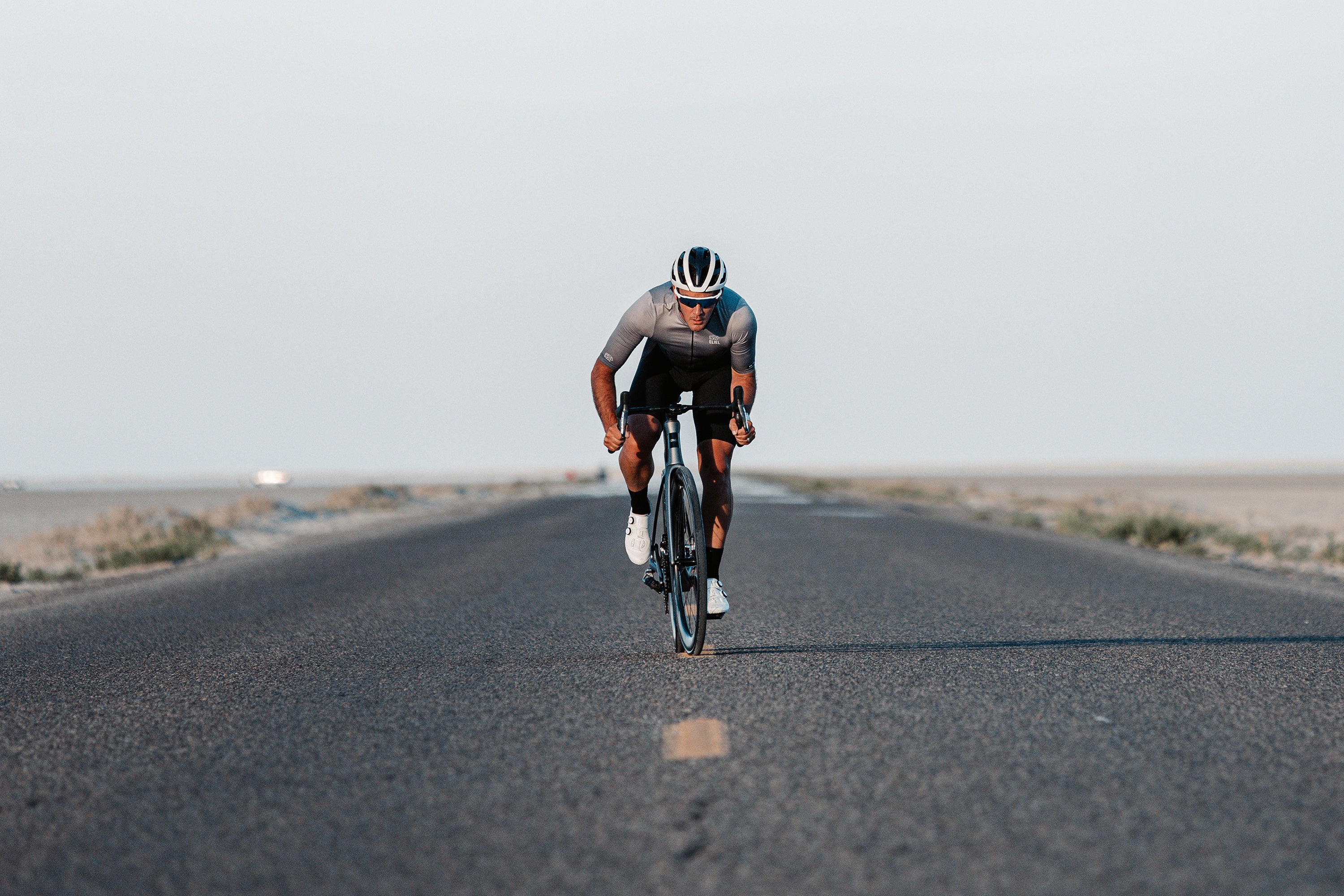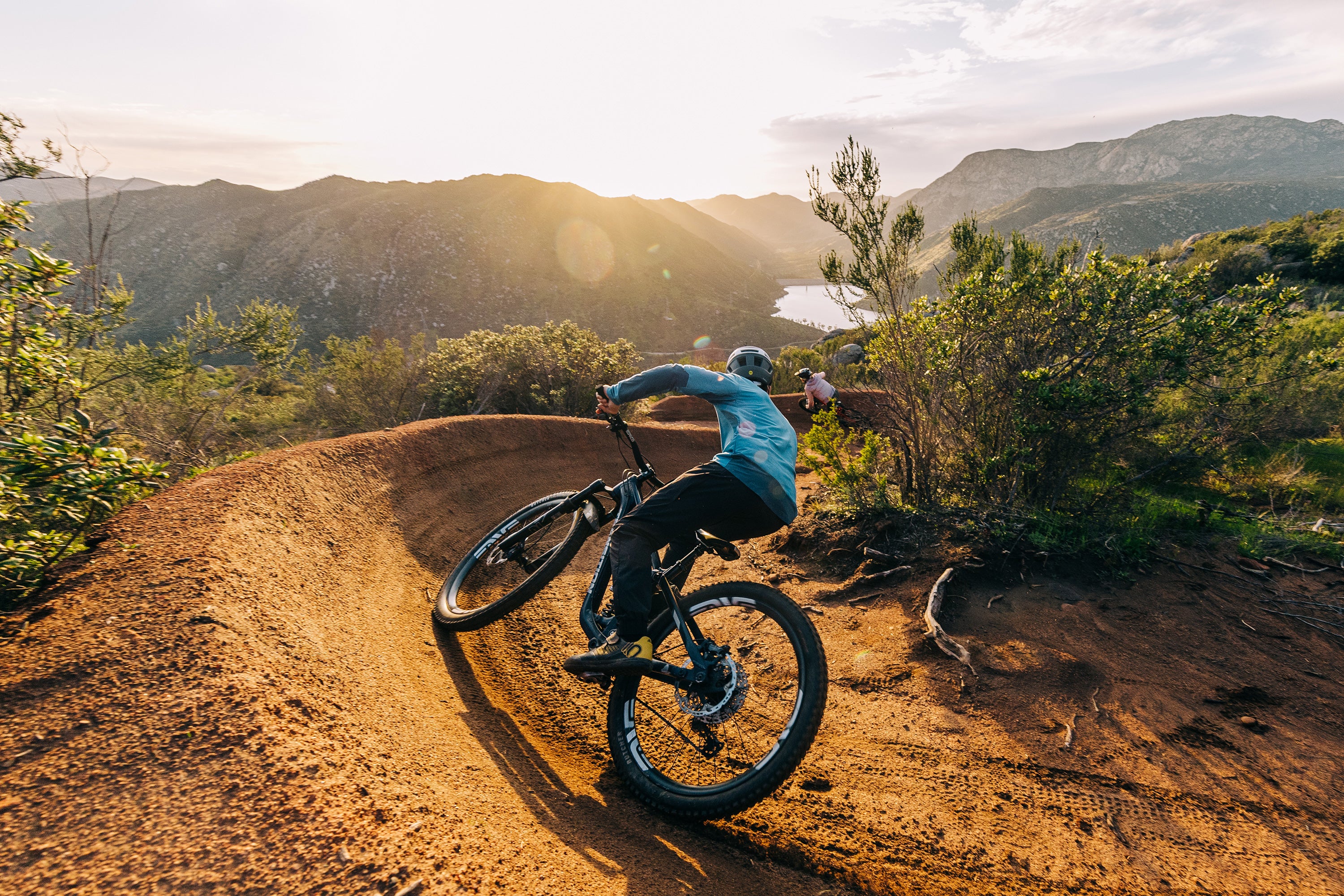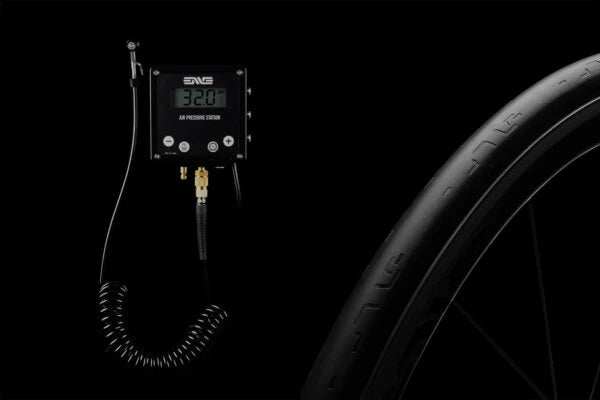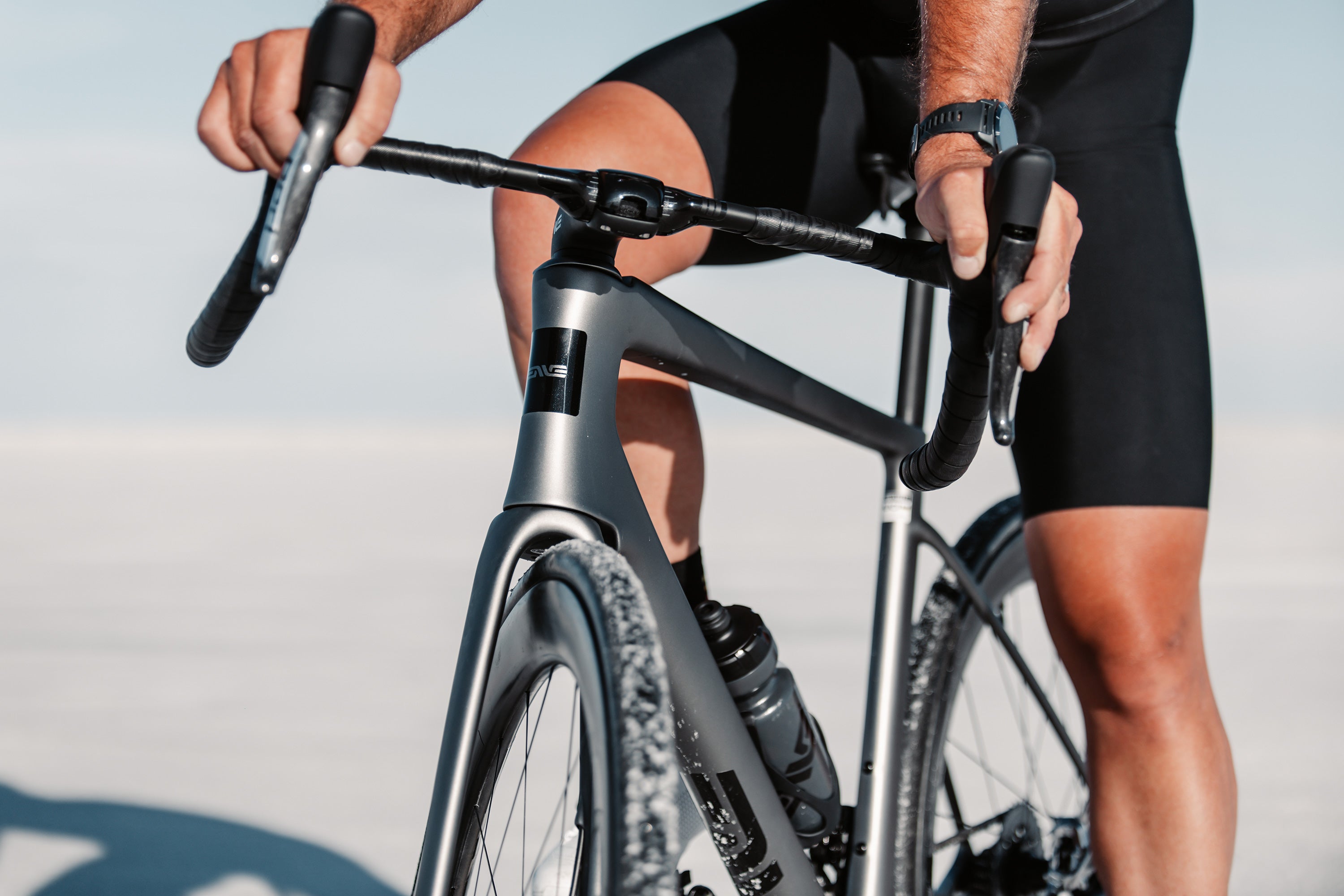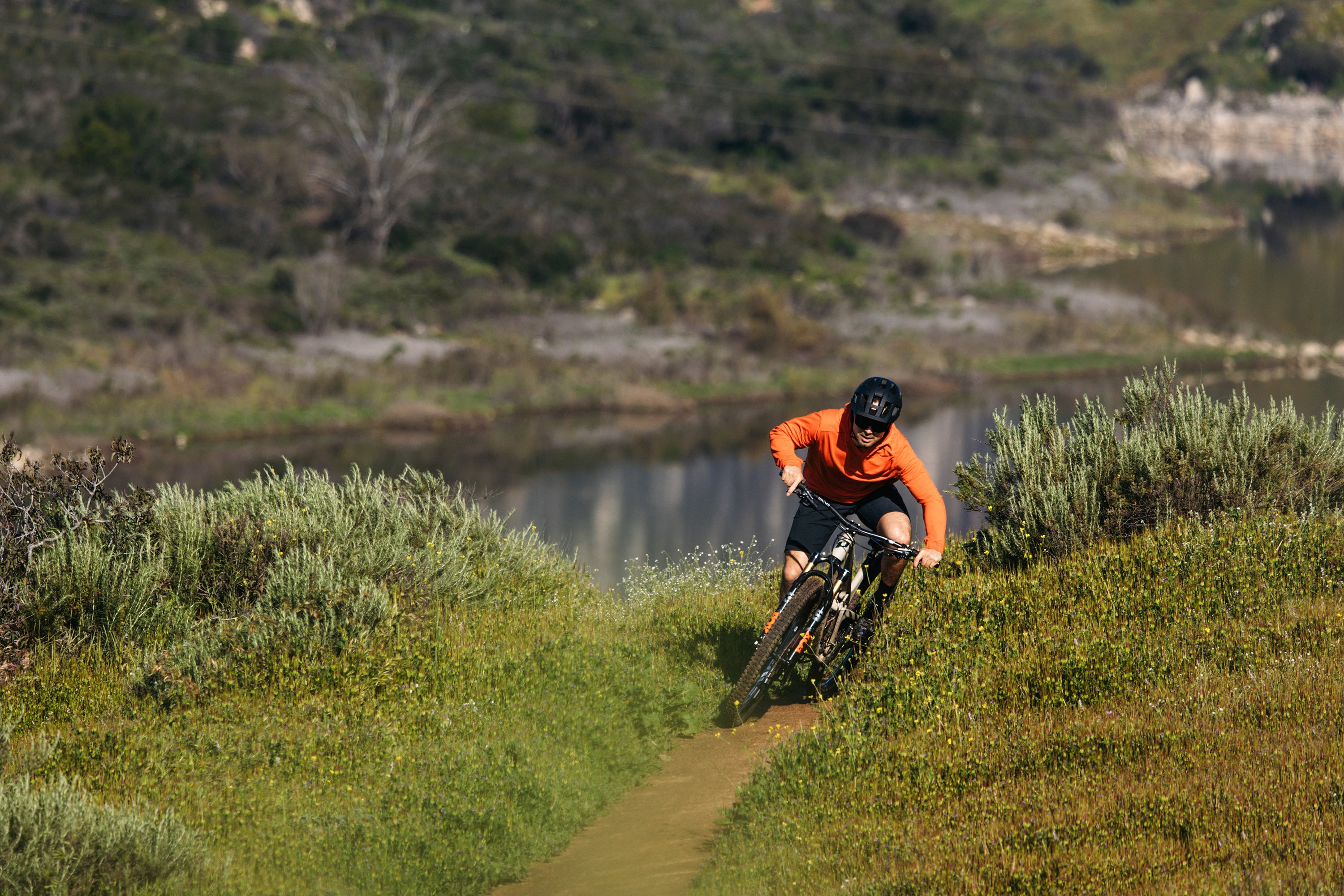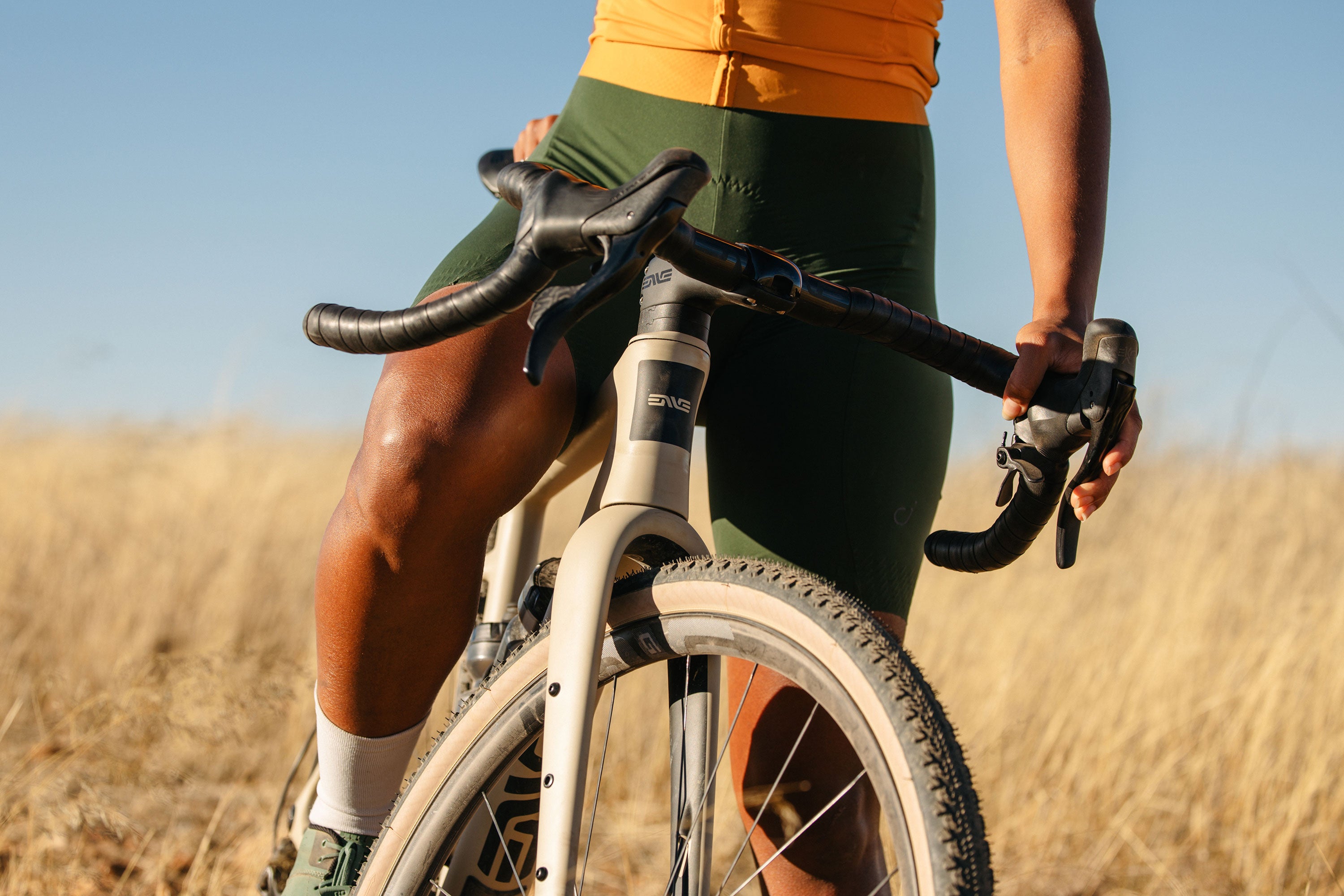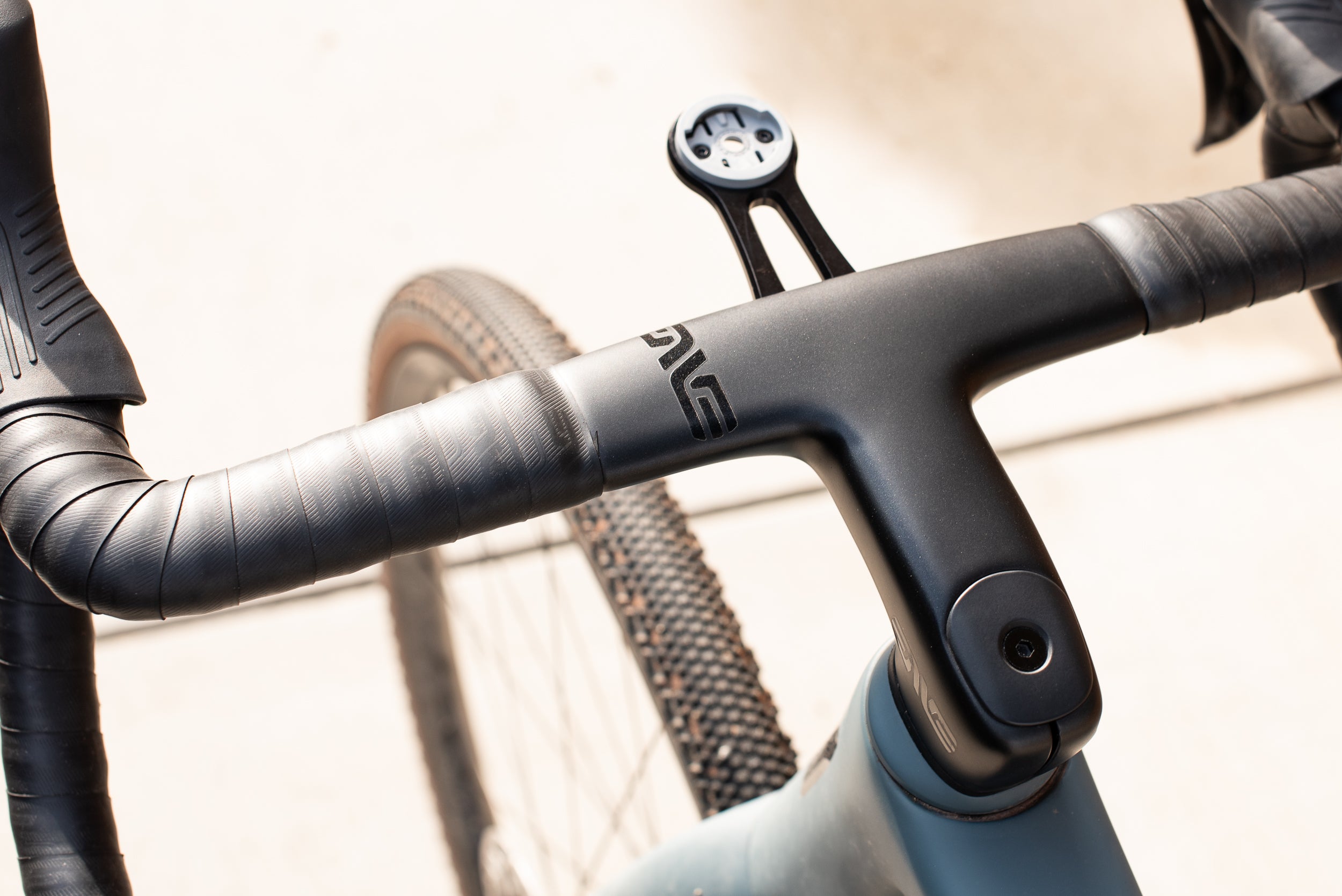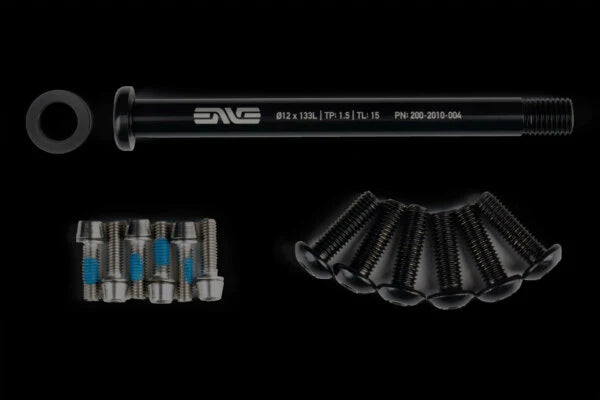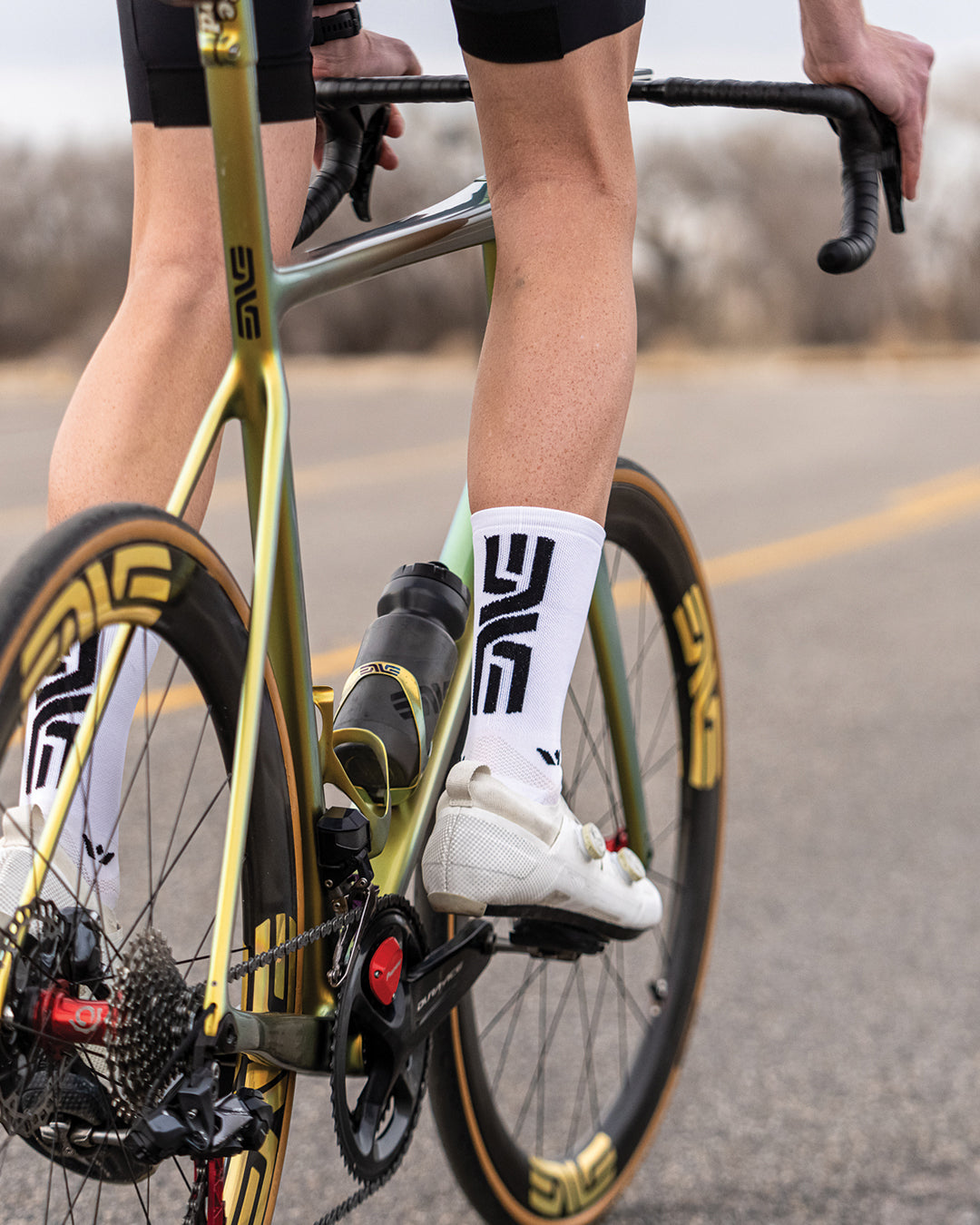Sea to Sky | The Hardest Climb in the World
Ascending 14,000 feet in a single ride is massive by any standard. Doing that all on one climb is something else entirely. Add in double-digit gradients along with a five-mile dirt section and all of a sudden Hawaii’s Mauna Kea becomes one of the hardest climbs on the planet.
The Climb Details
From the ocean shore in Waikoloa on the eastern side of the island to the barren 13,800-foot summit, the 55 miles in between averages a relatively mellow 5% grade, but that doesn’t really do justice to the ride’s overall difficulty. For the final 15 miles, the road kicks up to average 9%, with five of those miles being dirt, which complicates the equipment selection considerably since the road’s composition is made up of ash and sand that offers little traction for the 17% pitches. Once back on the pavement, the final three and a half mile push yields nothing in the way of recovery until passing by the final observatory where the road ends into the summit’s moonscape.
Six of us set out to tackle the ultimate climbing challenge and see if we could check it off the bucket list. We were all acutely aware of the climb’s magnitude, yet there were still a number of unknown factors, such as how our bodies would respond to the altitude, managing a 50-degree temperature swing, and how the equipment choices would pan out. The elevation alone would be a huge limiter considering the last couple hours of the ride would be spent over 10,000 feet in elevation, where power output would be compromised by up to 30%.
Our Setups
While each of us opted for a slightly different equipment setup, the two things we were nearly all in agreement on was the need for easy gears and fat tires. Not knowing what condition the dirt section would be we erred on the side of caution after hearing tales of riders having to walk much of the section, so gravel bikes with our G23 wheels and tire widths ranging from 32c up to 40c were the go-to. Considering the G23’s rim is in fact the lightest rim we produce, creating a 1,305-gram tubeless clincher wheelset, it was an ideal option for more reasons than simply its merits in the dirt. For gearing, each of us modified our standard setup, some going from an 11-28 cassette up to an 11-36 with their compact double chainring crank (50/34), while those running 1x went all the way down to a 34 chainring with an 11-40 cassette on the rear.
The Result
We’re proud to say that all six of us made it to the top…some easier than others. Even though we rode the first 40 miles of the climb together, the final 15 miles sorted us out substantially, with the first one in our group hitting the top in around six hours, while the final rider was closer to the seven-hour mark. What did we learn? First off, thanks to rainy conditions the traction on the dirt was better than anticipated, which made even the 32c width tires more than capable. Of course, without that rain looser conditions could have completely changed that. As far as gearing goes, not a single one of us made it to the top without having to walk a section or two of the dirt since standing was out of the question, so I assure you there would have been no complaints about having a lower gear for some of the steepest pitches.
Is Mauna Kea the hardest climb in the world? According to those in our group that have ridden some of the other massive climbs such as Wuling Pass that’s featured in the Taiwan KOM Challenge (13,300 feet of elevation gain in under 50 miles), and Maui’s Haleakala (10,000 feet of elevation gain in 35 miles), the consensus was that Mauna Kea is in a league of its own.
























